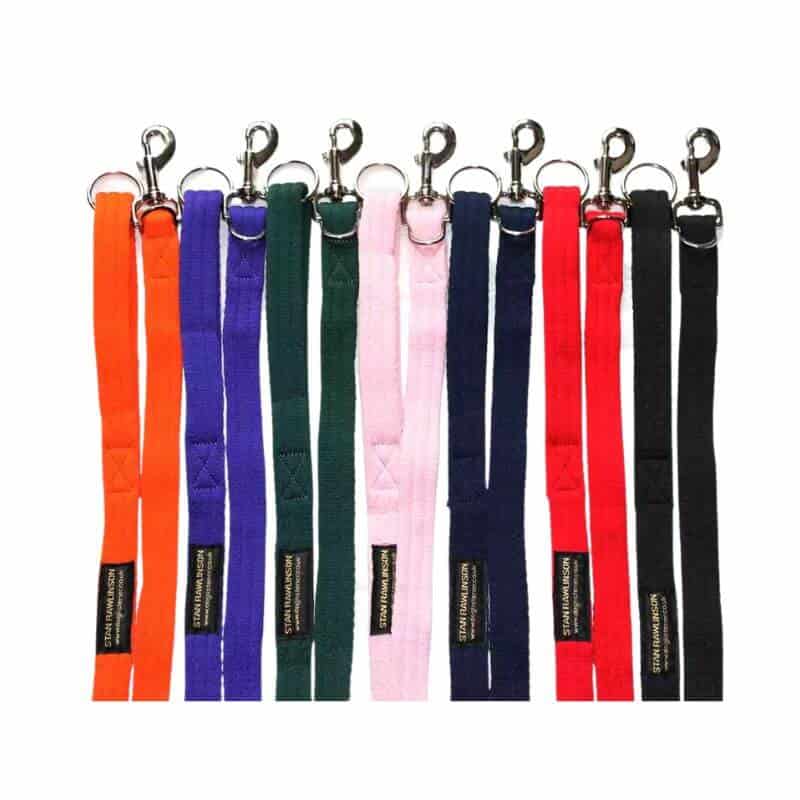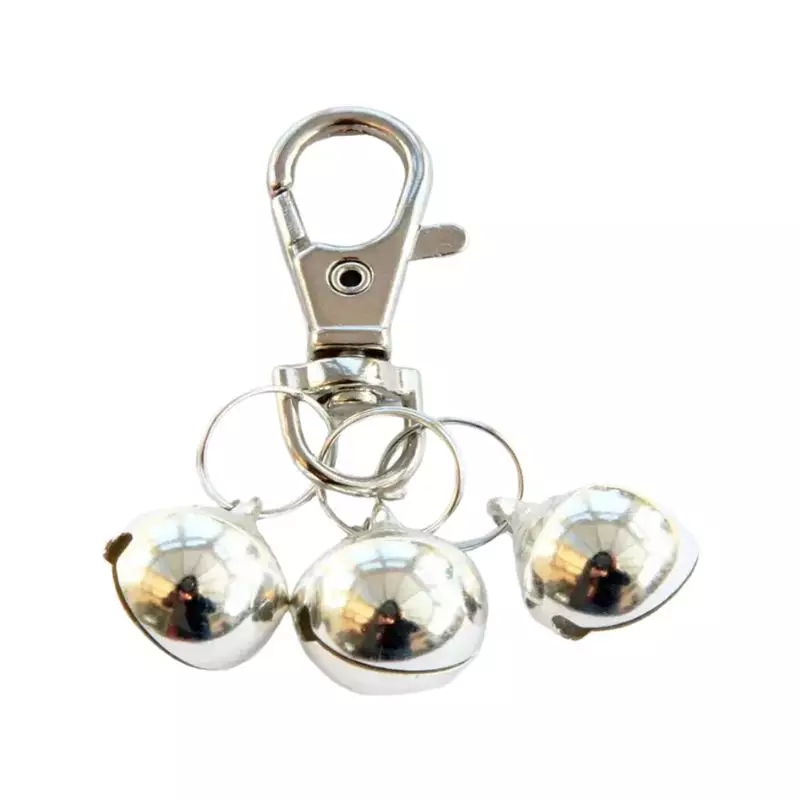Communication Between Dogs and Puppies
Read your dog like a book a guide to Puppy Communication and Body Language.
How Puppies and Dogs Learn to Communicate

In most cases, it would be fearful and introverted. 0 to 5 years old is a critical learning period for humans.
The old saying “give me the child and I will show you the man” holds more truth than we have ever imagined. We learn more during this period than at any other time in our lives. In relative terms, 0 to 16 weeks is the equivalent in canine age.
That first 16 weeks period creates confidence and personality in all dogs and is the time when not handled correctly where most behavioural problems are created.
Forget the old wives tale that one year of a human equates to seven in a dog. A far more accurate measurement is fifteen for the first year, ten for the second and four for every year thereafter (though it depends on the breed and size and a specialised chart to get it exactly right)
If you, therefore, calculate 16 weeks, it comes out as about 5 1/2 years in human years. This coincides with Scott and Fullers 20-year observations on the critical periods of a puppy’s psychological growth.
Socialisation: I cannot emphasise enough the need to socialise your puppy during this vitally important period. There is a vaccination now available where the full course can be administered by ten weeks rather than the normal twelve, therefore allowing two extra weeks of socialisation. The vaccine normally is Nobivac D.H.P.P.I/L.
The two major socialisation periods are 0-12 weeks the Human Socialisation Period. 0-16 weeks the Canine Socialisation Period. What happens during these vital periods is how your puppy behaves around humans and other dogs. At least a hundred men women and children should handle your dog in the first 12 weeks.
The canine socialisation is the first sixteen weeks. It is important the puppies stay with their mother and siblings for at least 7 weeks of age. So much learning happens during this time that to take them earlier will seriously affect their behaviour for the rest of their lives
You MUST get your pups to good socialisation classes with other puppies who or of a similar age. It is not enough to allow them just to mix with adult dogs they learn the all-important body language and communication skills from the rough and tumble play that puppies do with each other.
Adult dogs do not play like that. Therefore only partial communication skills are learned for adult dogs. Check your puppy classes allow at least ten minutes of interaction and play with other puppies.
At my classes, we also get the humans to play pass the puppy whilst seated in a circle. We encourage children to attend so the pups get gently handled and treated by them. Nearly all the cases I deal with that involves inter-dog fear or aggression, relates to a lack of early socialisation during the critical 0 to 16 weeks.
The good news is that unlike humans, dogs can learn to communicate after this vital period though they will never be fluent; they can learn to cope given time and lots of patience, but it is not easy and early socialisation would overcome these future problems.

Stress: All animals including humans suffer stress at some time in their life, to some extent it is part of the survival instinct, it floods the body with adrenaline-pumping the muscles up allowing us to decide whether to fight, freeze or flight.
Dogs have a powerful set of body postures that alleviate stress and diffuse potentially threatening situations, the shake as if shedding water is one way of alleviating stress.
We do not always see the signs such as dilated pupils, restless pacing, scratching, panting, loss of appetite, sudden dandruff and sweating.
Most people think dogs sweat through their tongues by panting; this is a cooling system but has nothing to do with sweating. Dogs only sweat through their paws, damp footprints can be a sign of panic and fear.
Aggression: If we also put our weight on our back foot, we can often defuse a potentially dangerous situation. Weight and balance are magnified in a dog’s mind, they are always looking for the subtle nuances in our body language, and this is especially true of a nervous dog. I was with some clients recently, when I leant slightly back putting the weight on my back foot as the dog approached when I then transferred the weight to my front the dog moved away.
Many people believe that if the hackles are up this is a sign of aggression. This is not always the case, a dog that is excited can raise its hackles, its actual intentions will be apparent depending on the approach if it curves round coming in from the side and sniffs the ground as it approaches then its intentions are normally peaceful. If it comes in face-on stiff-legged and circling then that could be a prequel to aggression.

Appeasement Gestures: Let’s look at meeting and greeting, as one dog approaches another you will see a wide range of reactions.
Some dogs will lie down almost flat to the ground we often see this in Border Collies. Some will lie and slightly roll over averting their eyes this is a submissive but friendly gesture
The ones that lay down but in a Sphinx position head erect and body and tail upright are signalling to the other dog that they are confident and high ranking but are friendly and it’s ok to approach.
Others will yawn, circle slowly but not stiff-legged, sniff the ground and allow eyes to constantly dart these look then look away again this is also a non-threatening approach.
Others will standoff and await the other dog to approach so they can observe the approaching dogs intentions before deciding whether to greet.
Just standing still can appease nervous dogs, lifting a paw up and down is another gesture I often see this signal to both dogs and humans, blinking eyes is also a diffuser of aggression that we can also use.
Couple this with yawning averting our head and licking our lips and you can often calm a nervous or aggressive dog.
Clients often tell me that their aggressive dog dislikes black or dark dogs, and they cannot understand why? It is simple really; they cannot read the intent on a black background, therefore, they are unable to react to the calming signals. I am occasionally told that some dogs are racist to coloured people;
Dogs cannot be racist, unlike humans they have no moral or racial preconceptions, this form of aggression is simply because they cannot distinguish features and intent on a darker background and may become fearful or aggressive because of that.
Rank: I am not of the school of thought that thinks there are no such things as dominant dogs. It appears that it now politically incorrect to use this word to describe a dog’s position or state of mind. If we agree with the fact that dogs have submissive tendencies then the antonym (exact opposite) of submission is dominance.
If we accept that like many other creatures’ dogs do have levels of status, then status brings in rank and therefore control and dominance. I am well aware that the word dominance is vastly overused and in many cases is blamed for almost all canine problems, but to suggest that there are no dominant tendencies in some dogs psyche is to my mind mistaken and an exercise in semantics.
Having said that I am constantly told that this or that dog is displaying dominant aggression. In fact, quite the opposite is mainly the case. The confident and high-ranking dog has no need for aggression. Its body language and the way it holds itself will show all who can read the signs that this is not a dog to mess with.
The wolf pack rarely has a need for actual aggression it is mainly stylised posturing that allows the hierarchy to exist peacefully. Generally, fear and lack of controlled early socialisation cause most aggression based behavioural problems, and our inability to read the clear signals that our pets are constantly beaming to us.
In conclusion, we need to watch and learn dog speak, write down the signals your pet gives and in what context it was used. With practice and given time, you should find yourself able to communicate and signal back, this will benefit both you and your dog and will result in a stronger bond and understanding of each other’s needs resulting in a relaxed and pleasant relationship.
Scent Is Also A Means of Communication: With a single sniff, dogs noses can create a visual image in their brains. Dogs emit amines and acids, and this is the basis for their incredible chemical communication skills. These chemical aromas communicate what a dogs sex is and what it eats and indicate its mood, what it likes to eat and much more,
By simply smelling, a dog can determine if a new dog is aggressive or friendly healthy or ill. Dogs get a general idea about each other with a quick sniff but get more detailed information by sniffing another dog’s private parts. But that type of communication is for a more detailed article I wrote called (1) A Dogs Nose and Amazing Sense of Smell
© Stan Rawlinson
September 2013 Last updated 2021
Further Reading
(1) A Dogs Nose and Amazing Sense of Smell
| Is your dog pulling on the Lead, Unruly, Bad Recall, Aggressive on Lead, Jumping Up? See my article and Video Clips on how to stop this. The Jingler |























